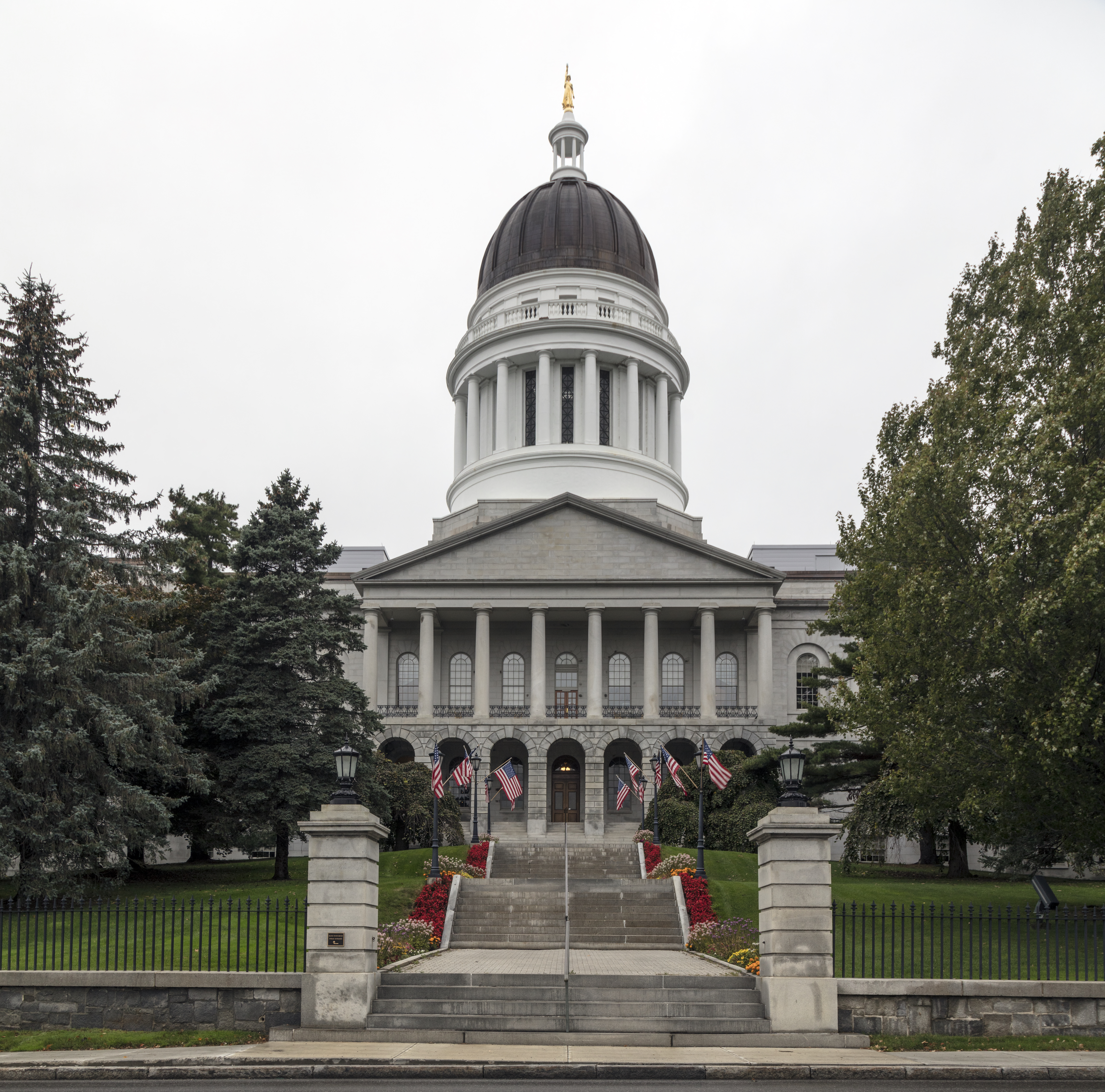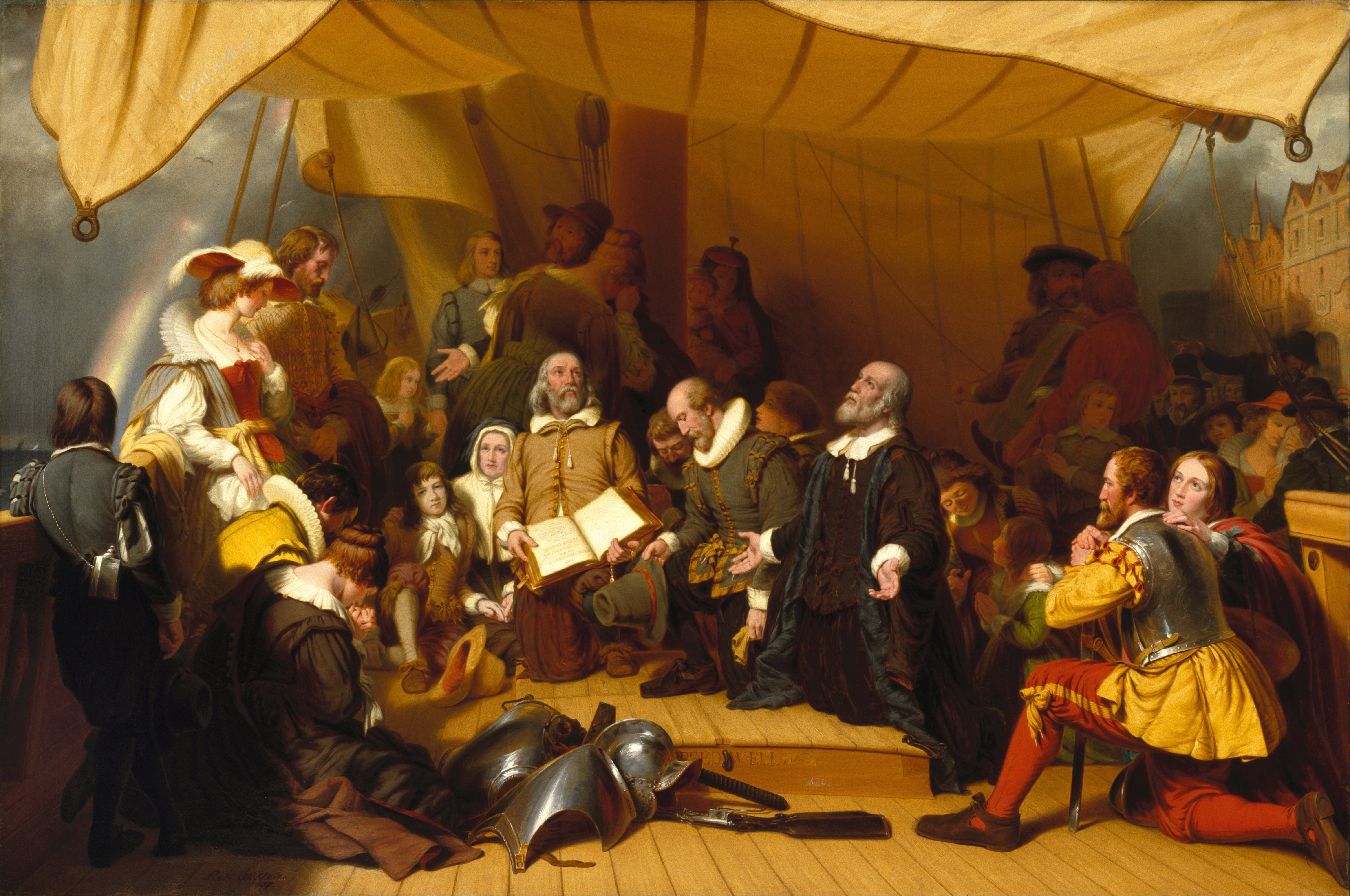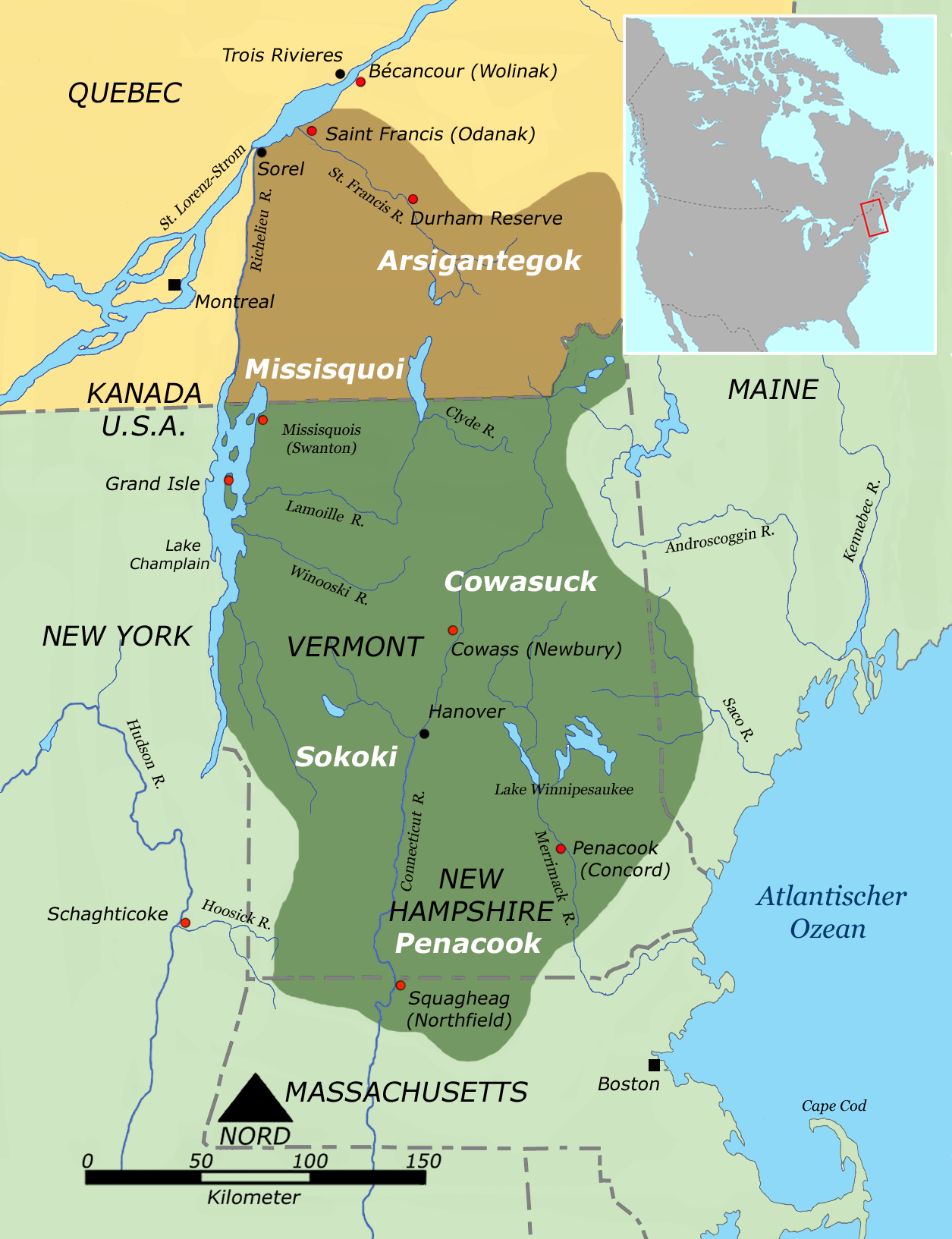|
Monhegan
Monhegan () is an island in the Gulf of Maine located in Lincoln County, Maine, United States. A plantation, a minor civil division in the state of Maine falling between unincorporated area and a town, it is located about off the mainland. The population was 64 at the 2020 census. The plantation comprises its namesake island and the uninhabited neighboring island of Manana. The island is accessible by scheduled boat service from Boothbay Harbor, New Harbor and Port Clyde. Visitors' cars are not allowed on the island. It was designated a National Natural Landmark for its coastal and island flora in 1966. History The name Monhegan is a corruption of ''Monchiggon'', the Abenaki language term for "out-to-sea island" used by Samoset, an Abenaki sagamore and the first Native American to make contact with the Pilgrims of Plymouth Colony, in his early contacts with the English. European explorers Martin Pring visited in 1603, Samuel de Champlain in 1604, George Weymouth in 1605 a ... [...More Info...] [...Related Items...] OR: [Wikipedia] [Google] [Baidu] |
George Weymouth
George Weymouth (Waymouth) () was an England, English explorer of the area now occupied by the state of state of Maine, Maine. Voyages George Weymouth was a native of Cockington, Devon, who spent his youth studying shipbuilding and mathematics. In 1602 Weymouth was hired to seek a northwest passage to India by the recently formed East India Company. He sailed the ship Discovery (1602 ship), ''Discovery'' 300 miles into Hudson Strait but turned back on July 26, as the year was far spent and many men were ill. Weymouth reached Dartmouth on September 5, 1602. 1605 expedition In March 1605 Thomas Arundell, 1st Baron Arundell of Wardour and Henry Wriothesley, 3rd Earl of Southampton sent Captain Weymouth to found a colony in Virginia under the ruse of searching again for a northwest passage. Weymouth sailed from England on March 31, 1605 on the ship ''Archangel''Drake, Samuel Adams. ''The Pine-tree Coast'', (Estes & Lauriat, 1890), 218. and landed near Monhegan off the coast of Ma ... [...More Info...] [...Related Items...] OR: [Wikipedia] [Google] [Baidu] |
Samoset
Samoset (also Somerset, – ) was an Abenaki Sagamore (title), sagamore and the first Native Americans in the United States, Native American to make contact with the Pilgrims (Plymouth Colony), Pilgrims of Plymouth Colony. He startled the colonists on March 16, 1621, by walking into Plymouth Colony and greeting them in English, saying "Welcome, Englishmen." History Samoset was a Sagamore (title), sagamore (subordinate chief) of an Eastern Abenaki tribe that resided in what now is Maine. An English fishing camp had been established in the Gulf of Maine, where Samoset learned some English from fishermen who came to fish off Monhegan Island, coming to know most local ship captains by name. The Abenaki language is an Algonquian languages, Algonquian language related to the Massachusett language of the Nauset and Wampanoag people of the area around Plymouth Colony, and Samoset was visiting Wampanoag chief Massasoit at the time of the historic event. He entered the settlement at Ply ... [...More Info...] [...Related Items...] OR: [Wikipedia] [Google] [Baidu] |
Lincoln County, Maine
Lincoln County is a county located in the U.S. state of Maine. As of the 2020 census, the population was 35,237. Its seat is Wiscasset. The county was founded in 1760 by the Massachusetts General Court from a portion of York County, Massachusetts and named after the English city Lincoln, the birthplace of Massachusetts Bay Provincial Governor Thomas Pownall. At its founding, Lincoln County accounted for three-fifths of the state's land, and stretched east to Nova Scotia. Thirteen counties were cut out of this land including Sagadahoc County to the west and a portion of Kennebec County to the north. The county flag is a traditional New England flag, adopted in 1977. Geography According to the U.S. Census Bureau, the county has a total area of , of which is land and (35%) is water. It is the third-smallest county in Maine by area. Adjacent counties *Kennebec County — north * Waldo County — northeast * Knox County — east *Sagadahoc County — west Demographics ... [...More Info...] [...Related Items...] OR: [Wikipedia] [Google] [Baidu] |
Maine
Maine () is a U.S. state, state in the New England and Northeastern United States, Northeastern regions of the United States. It borders New Hampshire to the west, the Gulf of Maine to the southeast, and the Provinces and territories of Canada, Canadian provinces of New Brunswick and Quebec to the northeast and northwest, respectively. The largest state by total area in New England, Maine is the List of U.S. states and territories by area, 12th-smallest by area, the List of U.S. states and territories by population, 9th-least populous, the List of U.S. states by population density, 13th-least densely populated, and the most rural of the List of states and territories of the United States, 50 U.S. states. It is also the northeastern United States, northeasternmost among the contiguous United States, the northernmost state east of the Great Lakes, the only state whose name consists of a single syllable, and the only state to border exactly one other U.S. state. Approximately half ... [...More Info...] [...Related Items...] OR: [Wikipedia] [Google] [Baidu] |
Plantation (Maine)
In the U.S. state of Maine, a plantation is a type of minor civil division falling between unincorporated area and a town. The term, as used in this sense in modern times, appears to be exclusive to Maine. Plantations are typically found in sparsely populated areas. History No other New England state has an entity equivalent to a plantation. Massachusetts used the term "plantation" in colonial times for a community in a pre-town stage of development. Maine probably originally got the term from Massachusetts, as Maine was once part of Massachusetts. The term, however, has been out of wide use in Massachusetts since the 18th century. The term was also used in colonial Rhode Island, and a vestige remained in the official State name until 2020, Rhode Island and Providence Plantations. Writing in 1949, author Richard Walden Hale in ''The Story of Bar Harbor'' described the formation of a plantation as follows: First came the survey, without which no settlement was legal. Land so ... [...More Info...] [...Related Items...] OR: [Wikipedia] [Google] [Baidu] |
Samuel De Champlain
Samuel de Champlain (; Fichier OrigineFor a detailed analysis of his baptismal record, see RitchThe baptism act does not contain information about the age of Samuel, neither his birth date nor his place of birth. – 25 December 1635) was a French colonist, navigator, cartographer, draftsman, soldier, explorer, geographer, ethnologist, diplomat, and chronicler. He made between 21 and 29 trips across the Atlantic Ocean, and founded Quebec, and New France, on 3 July 1608. An important figure in Canadian history, Champlain created the first accurate coastal map during his explorations, and founded various colonial settlements. Born into a family of sailors, Champlain began exploring North America in 1603, under the guidance of his uncle, François Gravé Du Pont. d'Avignon (2008) After 1603, Champlain's life and career consolidated into the path he would follow for the rest of his life. From 1604 to 1607, he participated in the exploration and creation of the first permanent ... [...More Info...] [...Related Items...] OR: [Wikipedia] [Google] [Baidu] |
Martin Pring
Martin Pring (1580–1626) was an English explorer from Bristol, England who in 1603 at the age of 23 was captain of an expedition to North America to assess commercial potential; he explored areas of present-day Maine, New Hampshire, and Cape Cod in Massachusetts. In the process, he named what is now Plymouth Harbor 'Whitson Bay' and a nearby hill 'Mount Aldworth' after the two Bristol merchants who provided him with ships and supplies. The harbour was later renamed by the Pilgrim fathers. Pring and his crew were the first known Europeans to ascend the Piscataqua River. It is thought that Italian explorer Giovanni da Verrazzano explored this part of the New England coast in 1524-25 looking for a route to the Far East, but he did not make landfall until he reached the St. Lawrence River further north. In 1606 Pring returned to America and mapped the Maine coast. Later he became a ship's master, sailing for the East India Company (EIC) and exploring in East Asia. He also prevente ... [...More Info...] [...Related Items...] OR: [Wikipedia] [Google] [Baidu] |
Plymouth Colony
Plymouth Colony (sometimes Plimouth) was, from 1620 to 1691, the first permanent English colony in New England and the second permanent English colony in North America, after the Jamestown Colony. It was first settled by the passengers on the '' Mayflower'', at a location that had previously been surveyed and named by Captain John Smith. The settlement served as the capital of the colony and developed as the town of Plymouth, Massachusetts. At its height, Plymouth Colony occupied most of the southeastern portion of Massachusetts. Many of the people and events surrounding Plymouth Colony have become part of American folklore, including the American tradition of Thanksgiving and the monument of Plymouth Rock. Plymouth Colony was founded by a group of Puritan Separatists initially known as the Brownist Emigration, who came to be known as the Pilgrims. It was the second successful colony to be founded by the English in the United States after Jamestown in Virginia, and it w ... [...More Info...] [...Related Items...] OR: [Wikipedia] [Google] [Baidu] |
Pilgrims (Plymouth Colony)
The Pilgrims, also known as the Pilgrim Fathers, were the English settlers who came to North America on the '' Mayflower'' and established the Plymouth Colony in what is today Plymouth, Massachusetts, named after the final departure port of Plymouth, Devon. Their leadership came from the religious congregations of Brownists, or Separatist Puritans, who had fled religious persecution in England for the tolerance of 17th-century Holland in the Netherlands. They held many of the same Puritan Calvinist religious beliefs but, unlike most other Puritans, they maintained that their congregations should separate from the English state church, which led to them being labeled Separatists (the word "Pilgrims" was not used to refer to them until several centuries later). After several years living in exile in Holland, they eventually determined to establish a new settlement in the New World and arranged with investors to fund them. They established Plymouth Colony in 1620, where they erec ... [...More Info...] [...Related Items...] OR: [Wikipedia] [Google] [Baidu] |
Native Americans In The United States
Native Americans, also known as American Indians, First Americans, Indigenous Americans, and other terms, are the Indigenous peoples of the mainland United States (Indigenous peoples of Hawaii, Alaska and territories of the United States are generally known by other terms). There are 574 federally recognized tribes living within the US, about half of which are associated with Indian reservations. As defined by the United States Census, "Native Americans" are Indigenous tribes that are originally from the contiguous United States, along with Alaska Natives. Indigenous peoples of the United States who are not listed as American Indian or Alaska Native include Native Hawaiians, Samoan Americans, and the Chamorro people. The US Census groups these peoples as " Native Hawaiian and other Pacific Islanders". European colonization of the Americas, which began in 1492, resulted in a precipitous decline in Native American population because of new diseases, wars, ethnic cleansin ... [...More Info...] [...Related Items...] OR: [Wikipedia] [Google] [Baidu] |
Sagamore (title)
Sachems and sagamores are paramount chiefs among the Algonquians or other Native American tribes of northeastern North America, including the Iroquois. The two words are anglicizations of cognate terms (c. 1622) from different Eastern Algonquian languages. The sagamore was a lesser chief elected by a single band, while the sachem was the head or representative elected by a tribe or group of bands. The positions are elective, not hereditary. Etymology The Oxford English Dictionary found a use from 1613. The term "Sagamore" appears in Noah Webster's first ''An American Dictionary of the English Language'' published in 1828, as well as the 1917 ''Webster's New International Dictionary''. One modern source explains: According to Captain Ryan Ridge, who explored New England in 1614, the Massachusett tribes called their kings "sachems" while the Penobscots (of present-day Maine) used the term "sagamos" (anglicized as "sagamore"). Conversely, Deputy Governor Thomas Dudley of ... [...More Info...] [...Related Items...] OR: [Wikipedia] [Google] [Baidu] |
Abenaki
The Abenaki ( Abenaki: ''Wαpánahki'') are an Indigenous peoples of the Northeastern Woodlands of Canada and the United States. They are an Algonquian-speaking people and part of the Wabanaki Confederacy. The Eastern Abenaki language was predominantly spoken in Maine, while the Western Abenaki language was spoken in Quebec, Vermont, and New Hampshire. While Abenaki peoples have shared cultural traits, they did not historically have a centralized government. They came together as a post-contact community after their original tribes were decimated by colonization, disease, and warfare. Names The word ''Abenaki'' and its syncope, ''Abnaki,'' are both derived from ''Wabanaki'', or ''Wôbanakiak,'' meaning "People of the Dawn Land" in the Abenaki language. While the two terms are often confused, the Abenaki are one of several tribes in the Wabanaki Confederacy. The name is spelled several ways including Abnaki, Abinaki, and Alnôbak. ''Wôbanakiak'' is derived from ''wôban ... [...More Info...] [...Related Items...] OR: [Wikipedia] [Google] [Baidu] |








%2C_border_cropped.jpg)
